Have you ever wondered what is a cockatiel? These charming birds are among the most popular pet birds in the world, known for their distinctive crested heads, bright cheek patches, and playful personalities. Whether you’re a seasoned bird enthusiast or considering adding a feathered friend to your family, understanding what makes cockatiels unique can help you appreciate these delightful creatures even more.
Cockatiels, native to Australia, are small parrots that have won the hearts of bird lovers across the globe. They’re not only admired for their beauty but also for their sociable nature and ability to mimic sounds. If you’re thinking about bringing a cockatiel into your home, you’ll want to know about their care requirements, diet, and how they interact with humans. Let’s dive into the world of cockatiels and discover why they make such fantastic companions.
Overview of Cockatiels
Cockatiels, a charming species of small parrots, thrive as companions with their vibrant personalities and striking appearance. Originating from Australia, these birds effortlessly combine beauty with an amiable nature.
Origin and History
Cockatiels, scientifically named Nymphicus hollandicus, hail from the diverse landscapes of Australia where they roam wild in large flocks. They were first discovered in 1792, quickly gaining popularity across Australia and beyond due to their sociable disposition. Historically, these birds adapted to a variety of Australian environments, which has contributed to their resilience and ease of care as pets.
Their domestication increased during the late 20th century, making them regularly featured in pet stores worldwide. Today, cockatiels stand as the second most popular pet bird in the United States, thriving in home settings where their social needs and spirited vocalizations are appreciated.
Behavior and Temperament
Cockatiels exhibit a range of behaviors and temperaments that make them highly desirable as pet birds. Recognized for their engaging personalities, these small parrots interact with their environment and human companions in unique and endearing ways.
Vocalizations and Sounds
Cockatiels are notably vocal among parrot species. Their ability to mimic sounds and repeat phrases endears them to many pet owners. Typically, you’ll observe that male cockatiels are more inclined to vocalize and can learn sequences of notes and even songs.
They use chirps, whistles, and sometimes mimic household noises like alarm clocks, which can be quite delightful. If you live in a quiet neighborhood, the chirping of your cockatiels might fill the air with joyous sounds, provided they feel comfortable and stimulated in their surroundings.
Interaction and Social Traits
As social birds, cockatiels thrive on interaction and may exhibit distress if left isolated. It’s essential to provide social stimulation, which can come from human interaction, mirrors, or even having multiple birds within sight. Cockatiels often prefer the company of their kind and find great comfort in large flocks where they can communicate and bond.
They also enjoy interactive toys that challenge them mentally and allow for physical exercise. If you have enough space, a large cage can greatly benefit their physical and mental health, offering room for flying and exploring. Adequate social interaction and a stimulating environment keep your cockatiel happy and prevent issues such as aggression and boredom.
Habitat and Living Conditions
Cockatiels, vibrant and sociable members of the parrot family, thrive in environments that cater to their physical and emotional needs. This section explores the natural habitats of these birds and how you can replicate a suitable living environment at home.
Natural Habitat
Originating from Australia, cockatiels live primarily in arid or semi-arid regions, often found in large flocks that roam the vast open areas of the Outback. These birds are well-adapted to a life in a challenging environment where temperatures can vary dramatically between day and night. Cockatiels in the wild seek out bushlands and wetlands lined with eucalyptus and acacia trees, suitable for roosting and nesting.
Their adaptation to these harsh environments provides them with the unique ability to find food and water sources over expansive areas. Typically, their diet in the wild consists mainly of grass seeds, but they also consume fresh fruits, berries, and insects, which provide essential nutrients.
Suitable Home Environment
Creating a suitable home environment for a cockatiel involves replicating aspects of their natural habitat to fulfill their instinctual needs. Start by selecting a large cage; enough space is crucial as these birds are naturally active and enjoy flying. The cage should ideally have horizontal bars offering opportunities for climbing and exploring, which aids in maintaining their physical and mental health.
Inside the cage, include various perches with differing textures and thicknesses to support foot health, along with toys and puzzles that cater to their intelligent, inquisitive nature. Diet-wise, a mix of high-quality commercial pellets, sprouted seeds, and fresh vegetables will ensure a balanced nutritional intake, far beyond just grass seeds. Regular interaction is vital, given cockatiels are highly social birds; allot time for social interaction daily to keep your pet stimulated and content.
Moreover, ensure the environment is safe from household dangers like toxic fumes, sharp objects, and unsupervised access to open water sources, which mirror the safety found in their natural habitat. This attentive care will help your cockatiel live a healthy, joyful life.
Health and Care
Proper health and care are crucial for cockatiels, ensuring they lead a happy, active life in captivity. This section will delve deeper into the specific aspects of diet and nutrition, common health issues, and breeding details.
Diet and Nutrition
Cockatiels thrive on a varied diet that goes beyond the all-seed regimen that many pet owners might initially offer. Your bird’s diet should include fresh vegetables, such as carrots and broccoli, which provide essential vitamins and minerals. Incorporating cooked meats and eggs affords a good protein source, crucial for your cockatiel’s health.
It’s important you also offer a mix of fruits and specialized pellets, which provide a balanced array of nutrients. Regularly including fresh water and calcium sources, like cuttlebone, supports overall health and beak strength.
Common Health Issues
Cockatiels are prone to several health issues that you need to watch out for to ensure their well-being. Fatty liver disease often stems from high-fat diets, typically seen in birds fed too many seeds. Providing a balanced diet helps mitigate this risk.
Egg binding, where a female cockatiel cannot pass an egg, can become life-threatening and requires immediate attention from an avian veterinarian. Signs of distress, such as lethargy, feather plucking, or changes in fecal output, necessitate a vet visit to address potential health problems early.
Lifespan and Breeding
Cockatiels generally live between 15 to 20 years with proper care, and some can even surpass this lifespan under optimal conditions. When it comes to breeding cockatiels, it’s crucial to prepare adequately, ensuring that you have enough space in a large cage or aviary to accommodate a pair or a small group.
These social birds thrive on interaction during breeding, which can significantly enhance their mental and physical health. Paying close attention to their breeding patterns and consulting with experts will deepen your understanding of their needs, ensuring the well-being of both adult birds and young birds.
Growth Stages
When it comes to cockatiels, observing the development of their tail feathers is a great indicator of their age. Young birds, or fledglings, will have shorter, less developed tail feathers compared to adults. These feathers will continue to grow and become more defined as the bird matures. The vibrant plumage and tail feathers of an adult cockatiel are not just for show; they play a significant role in their balance and flight.
Raising Young Cockatiels
Raising young birds requires patience and understanding. Young cockatiels are highly dependent on their caregivers and need a safe, nurturing environment. This is particularly true for pet cockatiels, which thrive on interaction and attention from their human companions. Providing a variety of stimulating activities and ensuring their social needs are met is crucial for their development.
Wild Cockatiels vs. Pet Cockatiels
The behavior and needs of wild cockatiels can differ significantly from those of pet cockatiels. Wild birds live in large flocks and are constantly on the move, foraging for food and seeking shelter. Even wild birds display a strong social structure, which is mirrored in the way pet cockatiels interact with their human families and other birds. Understanding these natural behaviors helps in creating a more enriching environment for your pet cockatiel.
Habitat and Caging Needs
Creating the right living environment is essential for the well-being of cockatiels. Cockatiel cages should be spacious enough to allow for ample movement and flight. Horizontal bars are beneficial for climbing, and the inclusion of various perches and toys can keep them mentally stimulated. Cockatiel cages should also be placed in a quiet, safe area of the home to prevent stress.
- Birdies' amusement park This bird cage comes with two parrot bungee rope, and a ladder that is made of metal wire and polyester, strong enough to withstand the bites from your pets. This bungee can develop birds' coordination and balance skills. This parrot cage can be both a sweet home and a playground for your lovely birds.
- Safe and secure Each door has arc-shaped wires to prevent birds from opening the door; A fully painted cage with a smooth surface, 4 polished wooden perches and 4 eco-friendly feeders offer your lovely birds a safe and healthy environment; 2 buckles to secure the bottom tray to the parakeet cage.
- Wide applicabilityThis high-quality parrot cage is suitable for both home and outdoor use. Large space, simple and thoughtful designs make it a perfect choice for pet stores and pet hospitals, also can be used for decoration in flower shops. Ideal for cockatiels, parakeets conures, mini macaws, small cockatoos, African Greys, & and Amazon parrots
- Easy Cleaning The birdcage with the waterproof finished metal cage and the bottom slide-out tray, cleaning the cage would be a breeze for pet parents. The fence at the bottom prevents birds from walking in its excrement.
- After-Sale ServiceIf you have any problem with the product or meet any question during the usage, please feel free to contact our customer service, we promise we will provide you the most professional technical support and best solution.
Family Connections
Cockatiels belong to the cockatoo family, sharing many characteristics with their larger relatives. This connection is evident in their crest, social behaviors, and vocalizations. Understanding their place in the cockatoo family can provide insights into their care and behavioral needs.
Wrapping Up: What is a Cockatiel?
Owning a cockatiel offers a unique opportunity to engage with one of nature’s most charming creatures. These birds thrive on companionship and a dynamic environment filled with interaction and love.
By understanding their natural instincts and needs you’re better equipped to provide a nurturing home that mirrors their native habitat. Ensuring they have a varied diet and the right veterinary care will help prevent common health issues and support a long healthy life. Embrace the journey of caring for a cockatiel and you’ll enjoy the rewarding experience of their delightful companionship.
Other suggested articles:
What is the avian anatomy of your cockatiel?
.
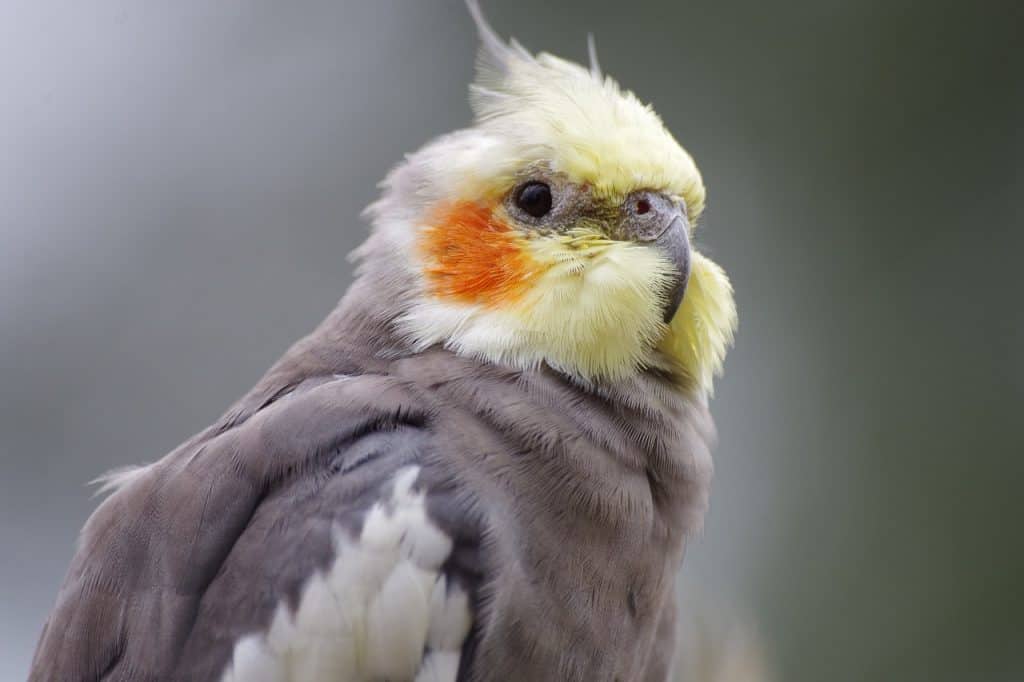
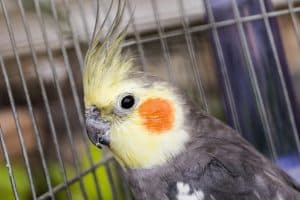
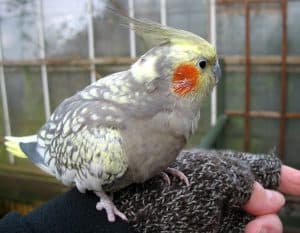
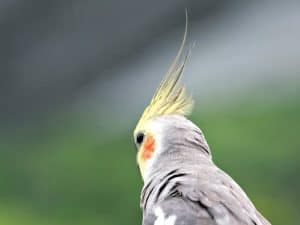

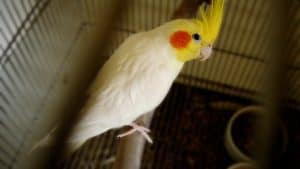
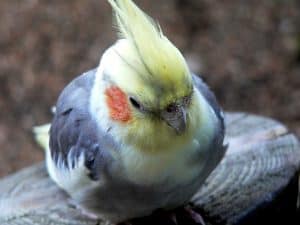
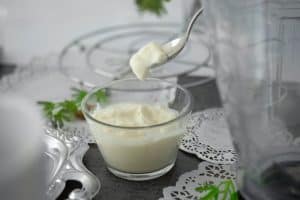
I like this web site very much, Its a really nice berth to
read and find info.Expand blog